Friday, December 20th, 2019.
In this Daily: The Regions of Costa Rica by Flavors and Cooking
Costa Rica has a significant geographic diversity compared to its size, with a number of environments that range from cloud-topped mountains to coastal lowlands, from arid grasslands to the heart of tropical rainforests, and a great deal in between.
Constitutionally, Costa Rica has seven provinces, but the regions of cooking and flavors run along slightly different lines. According to Chef Gilberto Briceño, there are five major flavor regions in Costa Rican cuisine, which include the Central Valley, the Pacific North, the Caribbean, the Rainforests, and the Pacific Coasts.
The Central Valley
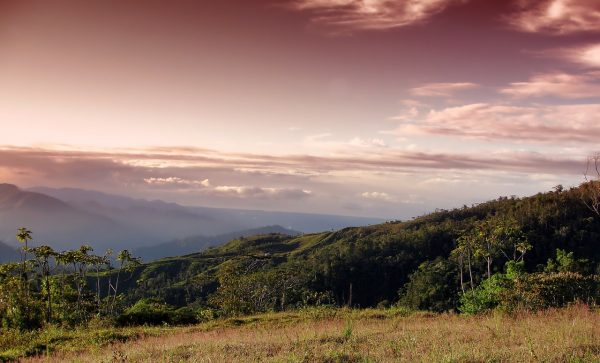 The Central Valley's location at the heart of Costa Rica gives it a cooking style that is both diverse and characteristic of Costa Rica | PC: Commons
The Central Valley's location at the heart of Costa Rica gives it a cooking style that is both diverse and characteristic of Costa Rica | PC: Commons
At the heart of the Central Valley is Costa Rica’s capital of San José. The city and the surrounding Gran Area Metropolitana (GAM) are a center for trade at the heart of the country, a region that brings many Costa Rican influences together in one place, and so too does the region’s food. Almost all the fruits, vegetables, meats, seafood around the country make their way to the farmer’s markets and kitchens of San José.
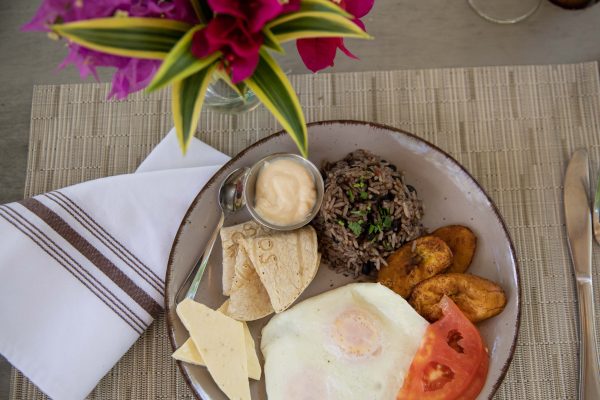 A desayuno típico with gallo pinto, natilla, plátano maduro, queso Turrialba, tortillas de maiz | PC: Robin Subar Photography
A desayuno típico with gallo pinto, natilla, plátano maduro, queso Turrialba, tortillas de maiz | PC: Robin Subar Photography
As a result, the capital has a culinary style that is both diverse and general, featuring many influences as well as some bastions of tico cuisine -- Costa Rican coffee, root vegetables, and dishes like chifrijo, picadillos, casados, and desayuno típico.
The Pacific North
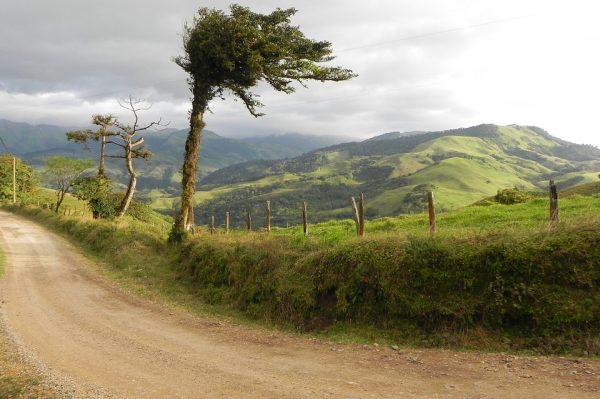 The grasslands and hills of the Pacific North have an emphasis on the homemade, utilizing cheeses and corn prominently | PC: Commons
The grasslands and hills of the Pacific North have an emphasis on the homemade, utilizing cheeses and corn prominently | PC: Commons
To the northwest of the Central Valley, and along the Nicaraguan border are the hills and grasslands of the Pacific North. Also known as La Pampa (the grasslands), the Pacific North is characterized by small, family owned farms, a do-it-yourself style, and a heavy emphasis on traditions, and “food made like your grandmother did”. Outdoor kitchens with wood-burning fires, homegrown produce, handmade and hand ground meals, homemade cheeses, and other traditional techniques are very common in the Pacific North.
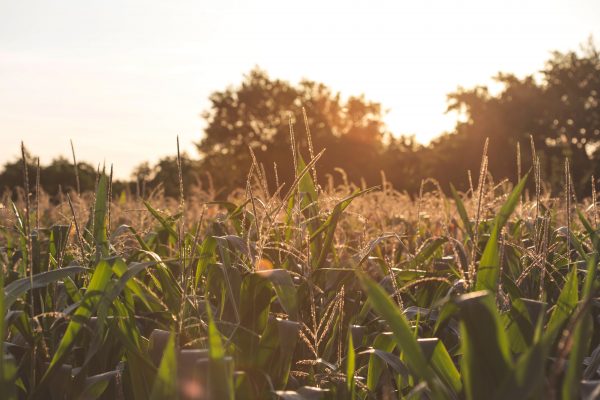 Corn is a major staple of the Pacific North's cuisine, and plays a part in dishes like chorreadas
Corn is a major staple of the Pacific North's cuisine, and plays a part in dishes like chorreadas
The hills and the grasslands of the region are home to corn, one of the area’s major crops, as well as herds of livestock, which provide meat for not only the Pacific North but for the majority of Costa Rica. A classic meal in this region is the chorreada, a handmade corn dish often topped with cuajada, a partially curdled cheese that tops the chorreada, which can be eaten with various choices of meat.
The Caribbean Coast
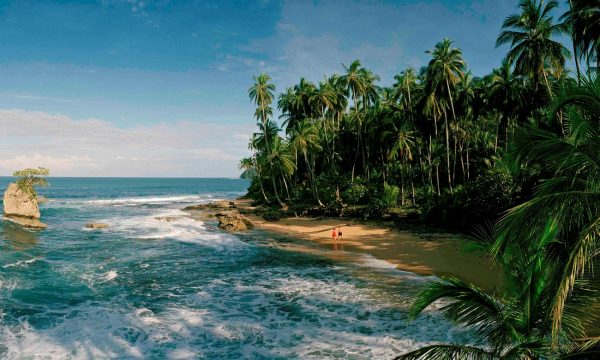 The Limón province's afro Caribbean influences blend with classic Costa Rican dishes | PC: Commons
The Limón province's afro Caribbean influences blend with classic Costa Rican dishes | PC: Commons
Opposite the Pacific North is the Caribbean coast, which has numerous ports including Puerto Limón, one of Costa Rica’s 2 largest. In this region, the movement of people and the coming together of cultures throughout the Caribbean coast allowed inland Costa Rican influences to blend with a strong afro-Caribbean presence. As a result, the cuisine in this area features dishes similar to those found on a national level, like empanadas or gallo pinto, with the integration of ingredients like coconut milk, fruits like bananas and pineapple, and plenty of spices like thyme, ginger, and more.
Patí, for example, is a version of an empanada found throughout the Caribbean. A popular fresco is agua de sapo, which is sugarcane-based and mixed with ginger and lemon. Chicken quarters are served with plenty of spice and a salsa caribeña. Rather than the gallo pinto that is found in the rest of the country, the Caribbean coast has “rice and beans”, which is a creamier and spicier blend of white rice and black beans that has coconut milk, thyme, panameño pepper and ginger.
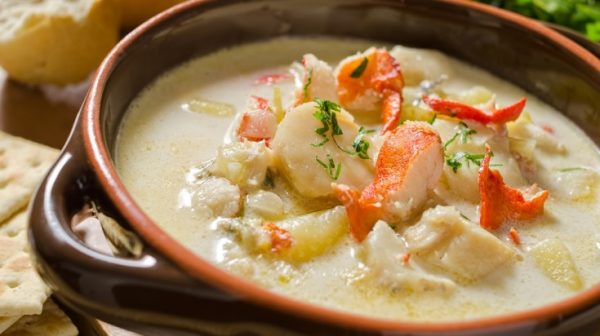 Rondón, a creamy and flavorful seafood stew | PC: Commons
Rondón, a creamy and flavorful seafood stew | PC: Commons
On the Caribbean coast, another favorite dish is rondón, a thick and slow cooked soup usually made on Sundays that is based on coconut milk and fruta de pan, with a wide variety of fish, shellfish, and other seafood, that combines a rich blend of spices and the recent catch.
The Rainforests
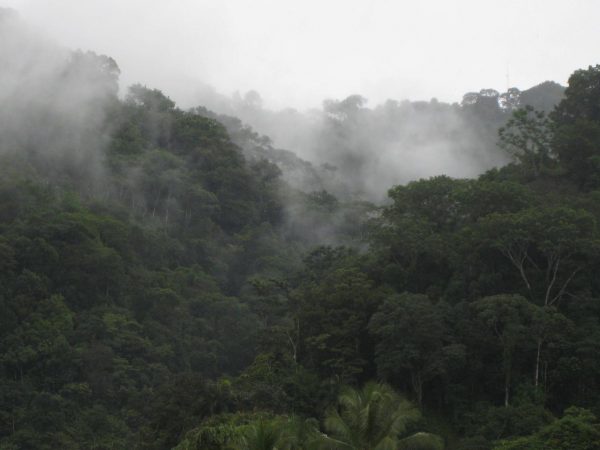 The slightly cooler temperatures and more prominent rain of the Costa Rican rainforests creates a cuisine that emphasizes hearty soups and stews | PC: Commons
The slightly cooler temperatures and more prominent rain of the Costa Rican rainforests creates a cuisine that emphasizes hearty soups and stews | PC: Commons
In the country’s rainforests, like around San Carlos, the more constant presence of rain and cooler temperatures place an emphasis on large stews and soups, while availability of a wide variety of fruits lends itself to a prominence of marmalades and spicy chileras (vegetables pickled with some form of pepper).
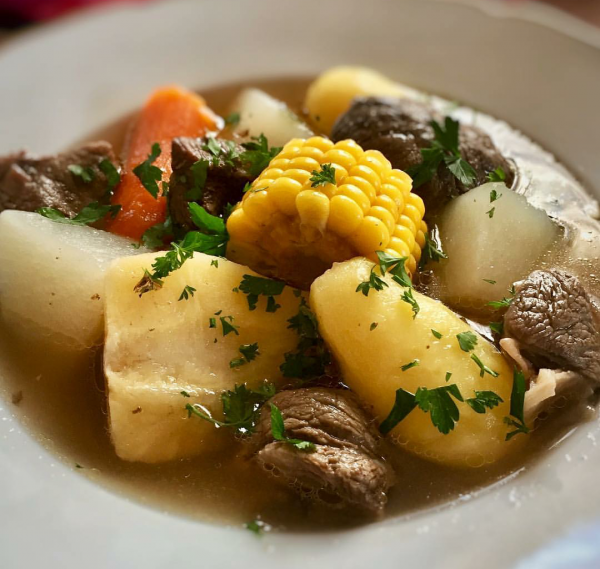 Olla de Carne, a hearty soup with a thin savory broth, beef, and a wide range of vegetables
Olla de Carne, a hearty soup with a thin savory broth, beef, and a wide range of vegetables
Notable cuisine from the rainforests includes hearty pot-meals like beef stews, sopa de albondigas (meatball soup), sopa negra (black bean soup with a hard boiled egg), all complemented by the spiced and refreshing flavors of different the pickles. One classic meal from the region would be olla de carnes, in which chunks of meat and copious vegetables are stewed in a thin beef broth, served with a side of rice, lemon wedges, and spicy chileras made with mimbro, a cousin to the tart starfruit.
The Pacific Coast
 On the Pacific coast, the prominence of artisan fishing communities helps drive a cuisine built around the varied seafood of the Pacific
On the Pacific coast, the prominence of artisan fishing communities helps drive a cuisine built around the varied seafood of the Pacific
Up and down the Pacific Coast of Costa Rica there are a number of smaller fishing villages and independent artisan fishermen. The result is a culture of ocean-to-table foods, where these artisan fishermen bring part of their catch home for their families, and form partnerships with locals and regional restaurants to provide a wide variety of fresh and locally sourced seafood.
The result is an emphasis on ingredients from the ocean, like red snapper, sea bass, shellfish like clams and mussels, tuna, octopus, squid, and a wide variety of other pacific fish and seafood. One smaller regional variant as well is mangrove cuisine, with staples like arroz de chucheca (rice made with mangrove mussels and a black sauce from the mussels’ liquor), as well as a variety of picked fruits and roots.
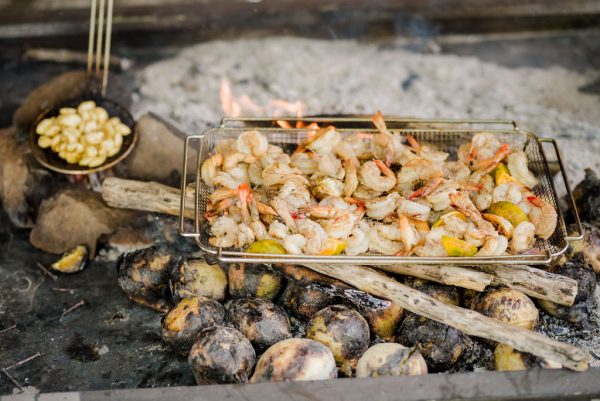 Seafood grilled over an open flame on the beach is a classic of Pacific Coast cuisine
Seafood grilled over an open flame on the beach is a classic of Pacific Coast cuisine
For a taste of the Pacific Coast, one staple is a whole sea bass, snapper, or shrimp flame grilled on the beach, with arepas and fire-roasted vegetables like tomatoes. Another that has become popular in recent time is caldosas, in which ceviche tico is poured into a bag of flavored tortilla chips for a snack on the go.
Taste the Flavors of Guanacaste
These five major regions of Costa Rican cooking blend and intermingle all throughout the country, giving rise to new flavors where they intersect. There are places where the rainforest meets the sea on the Osa Peninsula, where the afro-Caribbean spices meet the diversity of ingredients and influences of the Central Valley.
One such place is on the coast of Guanacaste, where the grassland hills meet the ocean, creating a fusion of these two regions that blends the home style and handmade cooking of the Pacific North with the artisan fishing and seafood of the Pacific Coast.
You can taste this fusion of flavors, as well as some many interesting ways in which Costa Rica’s regions and influences combine around the country, at Guanacaste Nights in Las Catalinas, where a handful of chefs create custom dishes based around Guanacastecan and Costa Rican cooking.
To learn more about Guanacaste Nights, reserve your spot for this celebration, and stay in town for this weekend of creative cuisine, check the Guanacaste Nights 2020 home page below.
[maxbutton id="1" url="https://cta-redirect.hubspot.com/cta/redirect/4917861/49b5691b-0774-4347-9a35-a5c6a871cb64" text="Reserve for Guanacaste Nights" ]